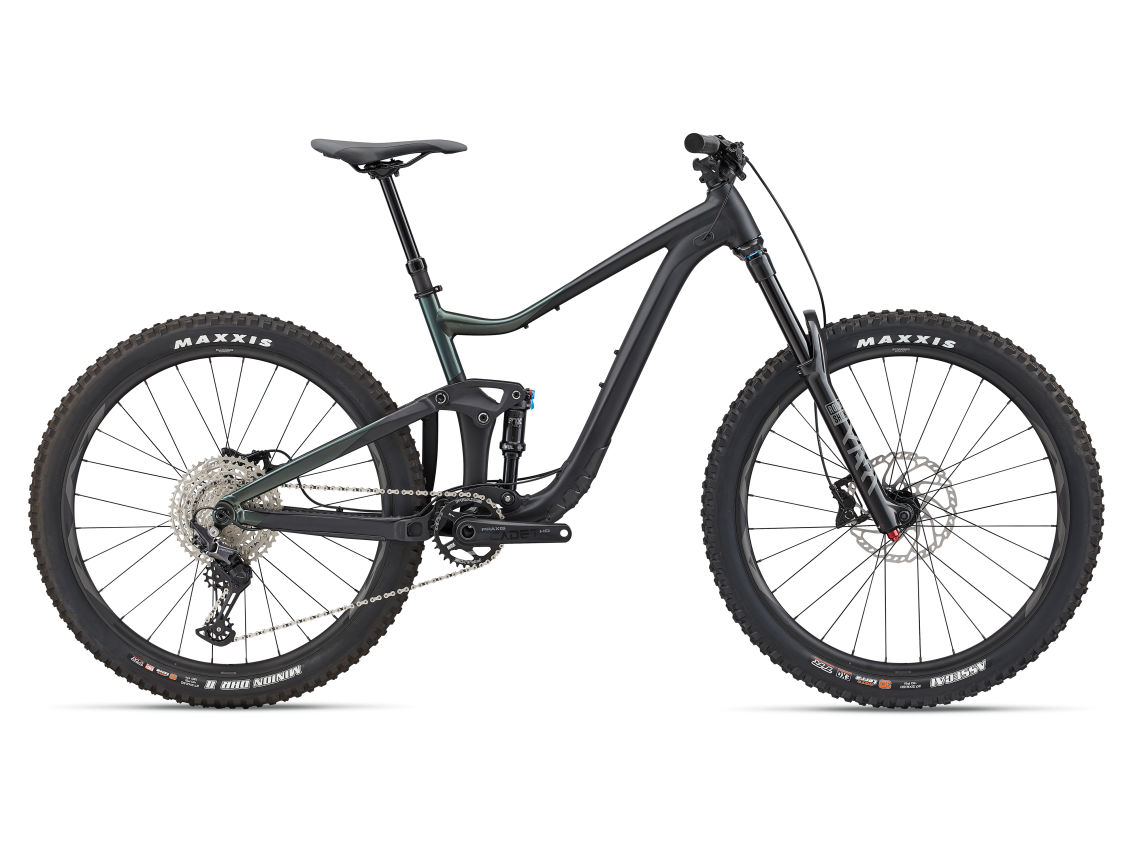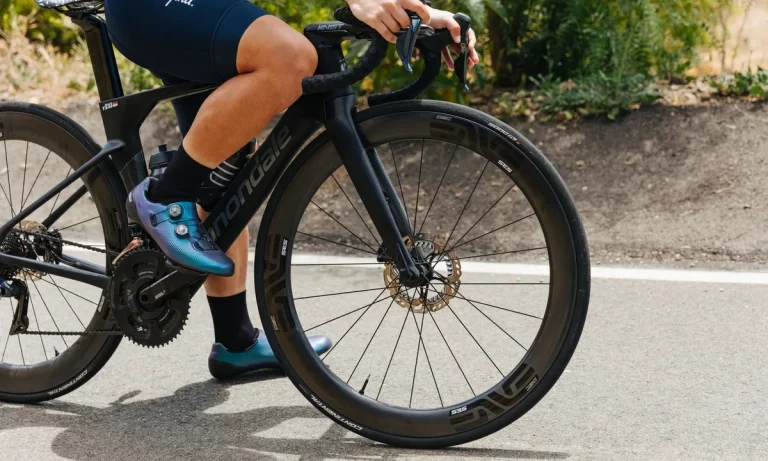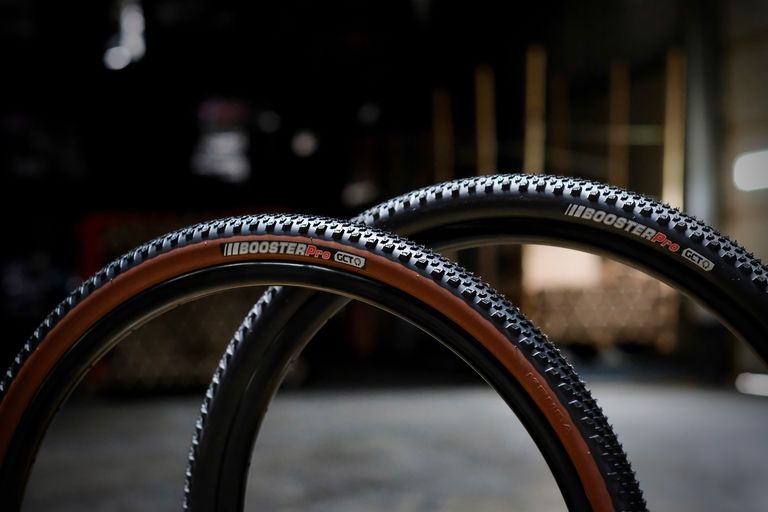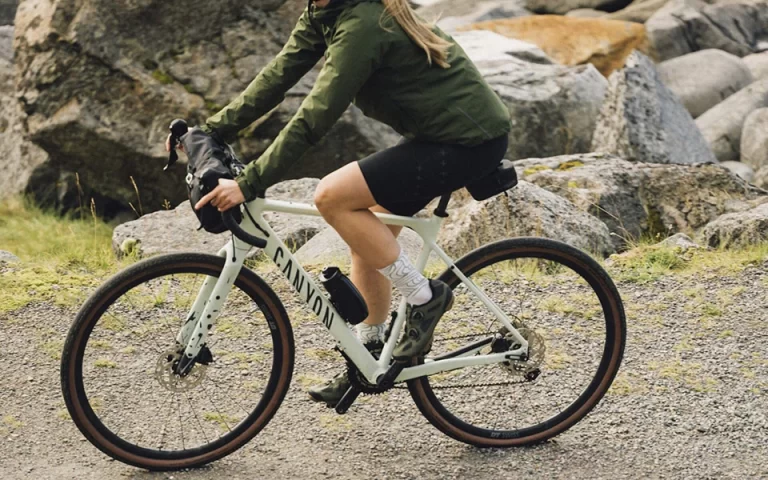Cross Country Bike Tire Buyers Guide
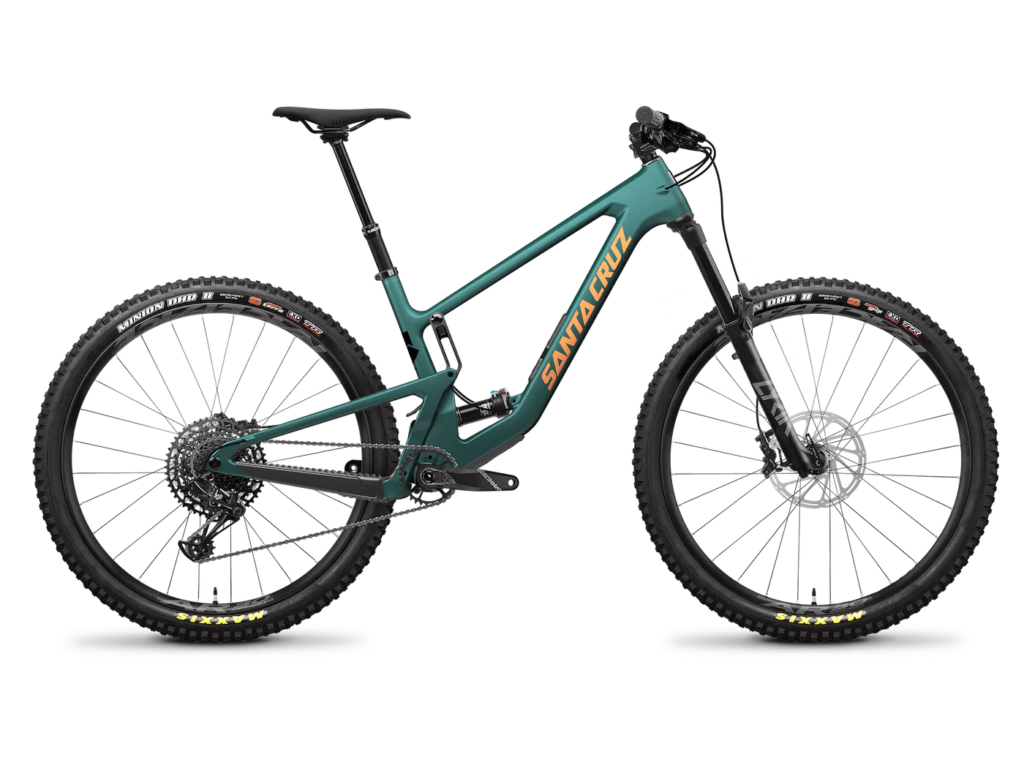
Cross-country (XC) mountain biking demands a fine balance between speed, agility, and durability from its equipment. In this discipline, the tires play a pivotal role. In this cross country bike tire buyers guide, we’ll delve deep into the intricacies of choosing the best XC tire for your needs.

1. Understanding XC Riding:
- Terrain: XC terrains range from forest trails to rocky mountains and even desert tracks.
- Ride Dynamics: Unlike downhill or enduro, XC emphasizes both climbs and descents.
2. Tire Dimensions:
- Diameter: 29″ tires roll faster and offer better obstacle clearance, while 27.5″ can be more agile.
- Width: Between 2.0″ to 2.4″ is standard for XC. Wider tires can offer more traction but at the cost of added weight and rolling resistance.
3. Tread Patterns and Design:
- Center Knobs: For faster terrains, look for tightly packed, low-profile center knobs. For loose terrains, taller and spaced-out knobs offer better traction.
- Transition Knobs: These intermediate knobs play a role in predictable handling during cornering.
- Shoulder Knobs: Tall and aggressive shoulder knobs offer cornering grip, especially in loose conditions.
4. Rubber Compounds:
- Single Compound: Made of a single type of rubber, either soft or hard.
- Dual/Multi-Compound: Incorporates both hard and soft rubbers; for example, harder in the center for longevity and softer on the sides for grip.
5. Casing and Durability:
- Threads Per Inch (TPI): Higher TPI (120+) offers a suppler ride but may be less durable. Lower TPI (around 60) is often tougher but less compliant.
- Puncture Protection: Look for technologies like Maxxis’s EXO or Schwalbe’s SnakeSkin for added protection without much weight penalty.
- Sidewall: A reinforced sidewall can prevent tears and punctures, especially on rocky terrains.
6. Tubeless Ready vs. Tubed:
- Tubeless Ready (TR): Requires sealant, but offers benefits like puncture resistance and the ability to run lower pressures.
- UST (Universal System Tubeless): Heavier than TR but offers a more robust seal without the need for sealant.
- Tubed: Generally lighter and simpler but prone to pinch flats.
7. Terrain-Specific Recommendations:
- Hardpack: Look for semi-slick designs with small, closely spaced knobs.
- Loose Over Hard: Medium-height knobs with wider spacing.
- Sand/Loose: Tires with tall knobs and wider spacing to dig in and find traction.
- Muddy: Widely spaced knobs to prevent mud clogging.
8. Price and Warranty:
- More expensive tires often utilize advanced compounds and technologies.
- Some brands offer a warranty against manufacturing defects or even a satisfaction guarantee.
9. Expert Reviews and Local Feedback:
- At Cyclists Authority, we offer the largest database of bikes and bike components available. Click here to find the Best Cross Country Bike Tires.
- Local bike shops or fellow riders can provide insights specific to regional terrains.
10. Environmental Considerations:
- Some brands prioritize eco-friendly manufacturing processes or use sustainable materials.
- Consider tire longevity; a tire that lasts longer reduces environmental impact.
11. Personal Preferences:
- Riding style, risk tolerance (in terms of punctures), and even aesthetic preferences can play a role in your choice.
Conclusion:
While technical specifics are crucial, the best tire often aligns with a rider’s personal preferences, local terrains, and riding style. Test different tires when possible, and prioritize what aspects (speed, grip, durability) matter most to your XC adventures.
Have fun! John
Click here to see the top Cross Country Bike Tires Rated
List of Largest Cross-Country Bike Tire Manufacturers
FAQ’s
What is the best tire width for XC bikes?
When it comes to tire width, cross-country tires are generally narrower than those used in more aggressive mountain biking disciplines like enduro or downhill. XC tire widths typically range from:
- 1.9 to 2.25 inches for a more traditional XC setup. These offer lower weight and rolling resistance, ideal for racing and efficient climbing.
- 2.25 to 2.4 inches for modern XC and aggressive XC or trail riding. These widths strike a balance between weight, rolling efficiency, and improved grip and cushioning.
Always refer to your bike manufacturer’s specifications to understand the maximum tire width your frame and fork can accommodate
Is 2.35 too wide for XC?
A 2.35-inch tire is on the wider end for traditional cross-country (XC) mountain biking, but it’s not out of the realm of what’s used in the discipline, especially as modern XC courses have become more technical. Here’s a breakdown of considerations:
- Modern XC Trends: As XC races and courses have evolved, they’ve incorporated more technical terrain. This has led many racers and riders to opt for slightly wider tires, as they offer better grip, more cushioning, and better handling in rough sections.
- Traction and Comfort: Wider tires, like the 2.35, can be run at lower pressures, improving traction and offering a more comfortable ride, especially over rocky or rooty terrain.
- Rolling Resistance and Weight: Traditionally, narrower tires were favored in XC for their lower weight and reduced rolling resistance. However, the advantages of improved traction and comfort with a slightly wider tire can often outweigh the potential speed gains from a narrower tire, especially on technical courses.
- Frame Clearance: Always ensure that your bike frame and fork can accommodate a 2.35-inch tire. Most modern XC bikes will, but older models or those with tight clearances might not.
- Personal Preference: Much of tire choice comes down to personal preference. Some riders may feel more confident with the added volume and grip of a 2.35-inch tire, while others might prefer the traditional feel of a narrower tire.
In conclusion, while a 2.35-inch tire is on the wider side for XC, it’s perfectly viable for the discipline, especially for riders prioritizing traction, comfort, and handling on technical terrain. It’s essential to experiment and find what works best for you and the specific trails or courses you ride.
What size tires are cross country bikes?
Cross-country (XC) mountain bikes typically use tires that fall within specific diameter and width ranges:
1. Diameter:
- 29 inches (29er): Currently the most prevalent size for XC bikes. The larger wheel diameter allows for smoother rolling over obstacles and generally provides better momentum, especially on open and flowing terrains.
- 27.5 inches (650b): While less common than 29ers in pure XC racing, 27.5-inch wheels offer quicker handling and can be more agile in twisty and technical sections.
2. Width:
- 1.9 to 2.25 inches: Traditional XC tire widths that offer a good balance between low rolling resistance, weight, and grip.
- 2.25 to 2.4 inches: Considered wider for XC but gaining popularity, especially in modern XC and aggressive XC or trail riding scenarios. These tires provide more grip and cushioning at the expense of slightly increased weight and rolling resistance.
While 29-inch diameter with widths between 2.0 to 2.25 inches is probably the most typical combination for competitive XC racing, choices may vary based on personal preferences, specific race courses, or trail conditions. Always check your bike’s frame and fork specifications to determine the maximum tire width they can accommodate.
